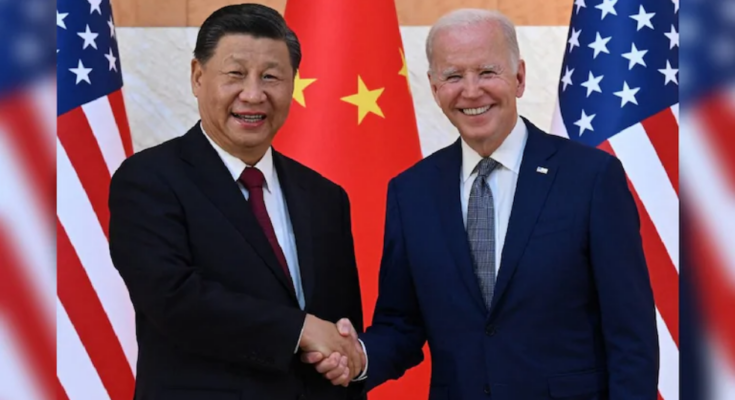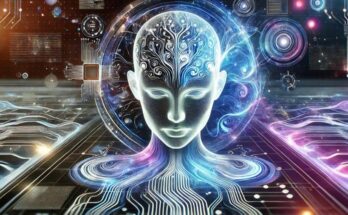Key takeaways
- AI will not be included in the decision-making process for nuclear weapons, as agreed upon by the US and China.
- Despite disagreements over export restrictions on semiconductors, the accord shows shared leadership in AI development.
- During the APEC conference, discussions took place amid tensions over US semiconductor export restrictions.
China and the US agreed not to have nuclear weapons controlled by AI.
US President Joe Biden and Chinese President Xi Jinping agreed at the APEC conference in Lima, Peru, that neither country would give artificial intelligence systems command of nuclear weapons. This is a rare instance of two nations working together, which perhaps highlights how important risk management is to both nations.
White House National Security Advisor Jake Sullivan said, “It’s an important statement about the intersection of artificial intelligence and nuclear doctrine.” He claims that this agreement is a proactive step that recognizes both countries’ leadership in AI development rather than a response to impending threats.
Human Command of Nuclear Weapons
The leaders decided on a “straightforward proposition,” which calls for human oversight to continue to govern decisions involving nuclear weapons. Although this may seem like plain sense, the acknowledgement draws attention to the dangers associated with AI’s quick adoption into defense.
“This illustrates how the US and the PRC can responsibly manage risks even in the face of competition,” Sullivan continued.
An Expanded Framework of Tensions
Despite the US’s determination to restrict the export of expensive semiconductors, which are essential for the development of artificial intelligence, the agreement was made. This indicates that China has been at odds with the US prohibitions. However, at least in certain high-stakes domains like nuclear security, both countries seem dedicated to tackling common issues in AI governance.
Prior to Donald Trump’s inauguration on January 20, 2025, this is anticipated to be the final meeting between the two presidents.



